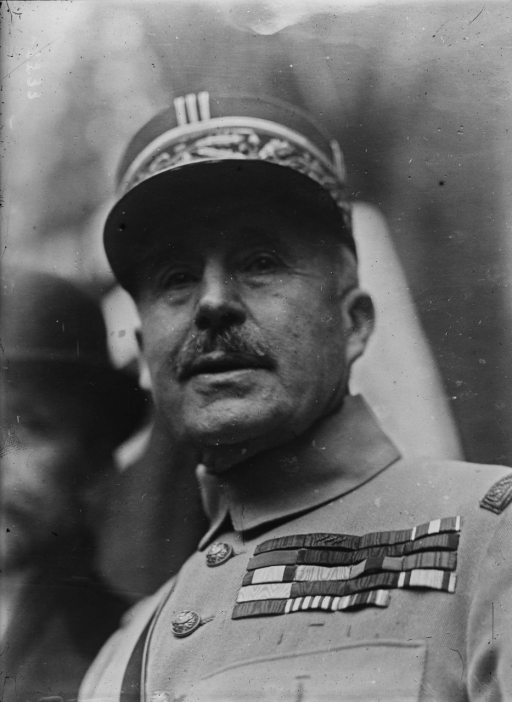French forces launched a disastrous attack on the Chemin des Dames on 16 April 1917, triggering a crisis of morale and a controversial First World War legacy.
The ‘Nivelle Offensive’ was intended to deliver the main blow of co-ordinated Allied operations that had begun with the British-led attack at Arras a week earlier.
General Robert Nivelle, the recently-appointed French army commander, believed his tactics, notably the use of artillery, could deliver a decisive breakthrough further south on the Western Front within just 48 hours.
But the Germans had gained knowledge of his intentions, and their defences were well prepared in a region where they’d first dug in during the retreat from the Marne in the opening weeks of the war.
French troops, including large numbers of colonial soldiers from Senegal, suffered tens of thousands casualties as they fought their way up the slopes of the Chemin des Dames ridge, near Laon. The advances stalled in the face of intense machine-gun fire.
Within two weeks, the operation was called off and Robert Nivelle, the general who’d first impressed with his fightback against the Germans at the Battle of Verdun in autumn 1916, was dismissed.
Legacy
The debacle of the Chemin des Dames is among the most controversial legacies of the Great War in France.
Unrest spread in the army in the aftermath, with many soldiers refusing to return to offensive operations. Military disobedience was accompanied by a wave of strikes and protests on the home front.
General Philippe Pétain, the exponent of the defensive who’d held Verdun against the Germans in spring 1916, took over from Nivelle as Commander-in-Chief and succeeded in restoring calm.
Several hundred soldiers were condemned to death for their part in the unrest, of whom some dozens were executed.
In all, French and German forces suffered around 350,000 casualties (killed, wounded, or missing) in the Battle of the Chemin des Dames, also known as the Second Battle of the Aisne.
For details of the 2017 Chemin des Dames Centenary programme, see the official Aisne 14-18 website.
Sources: Wikipedia/Aisne 14-18/various
Images courtesy of Bibliothèque nationale de France/BnF Gallica/Public Domain
Posted by CN Editorial Team
